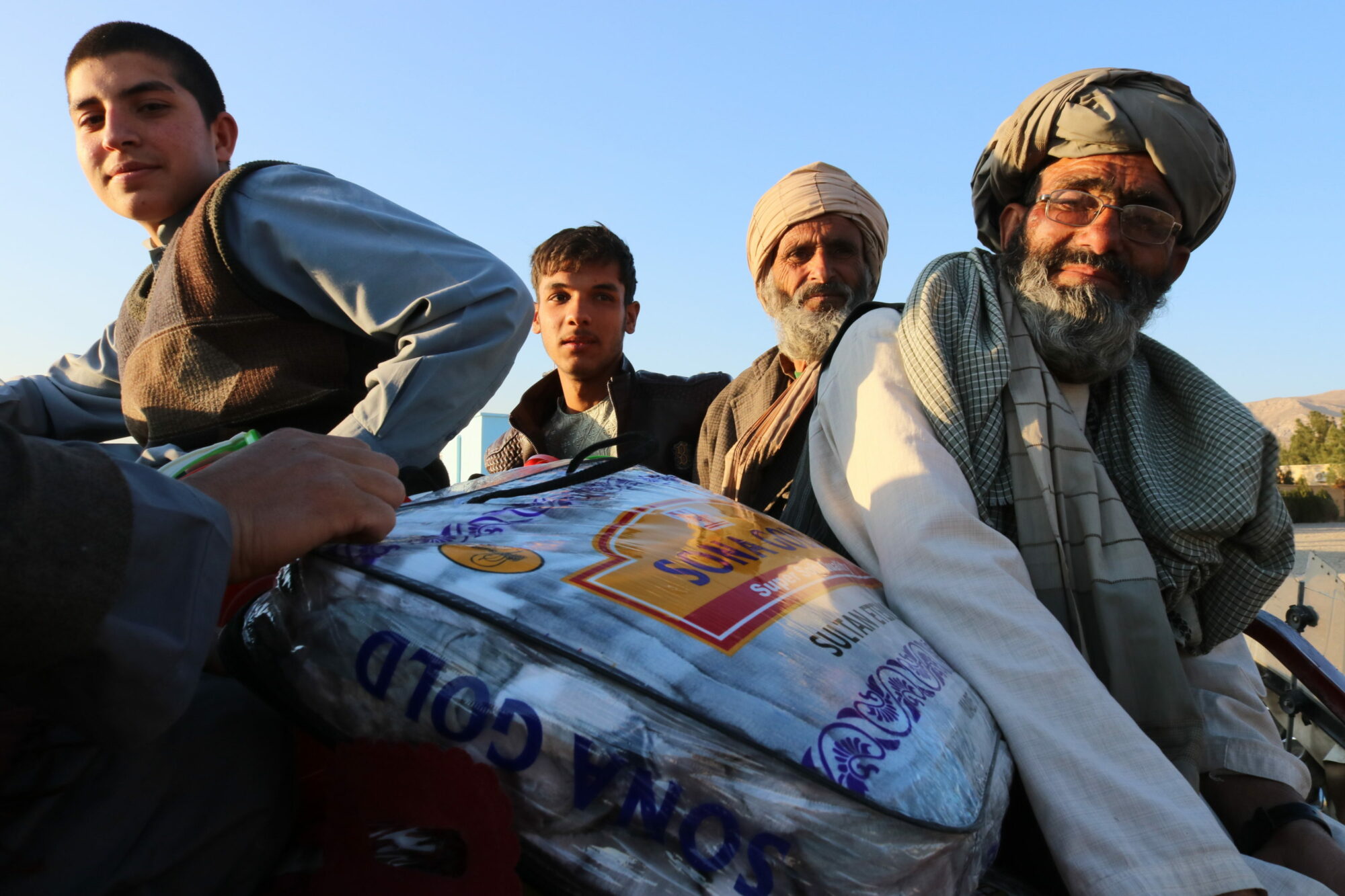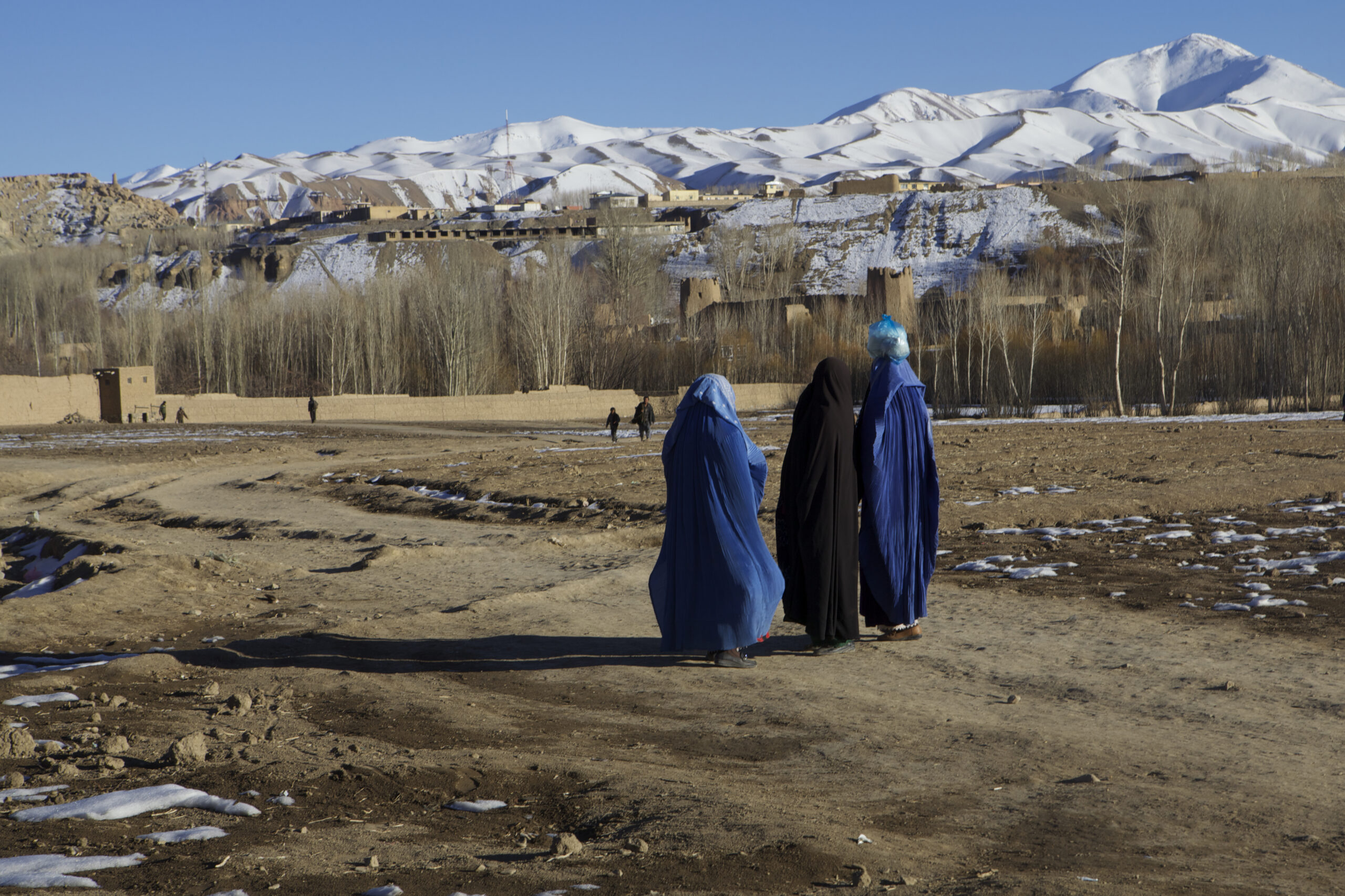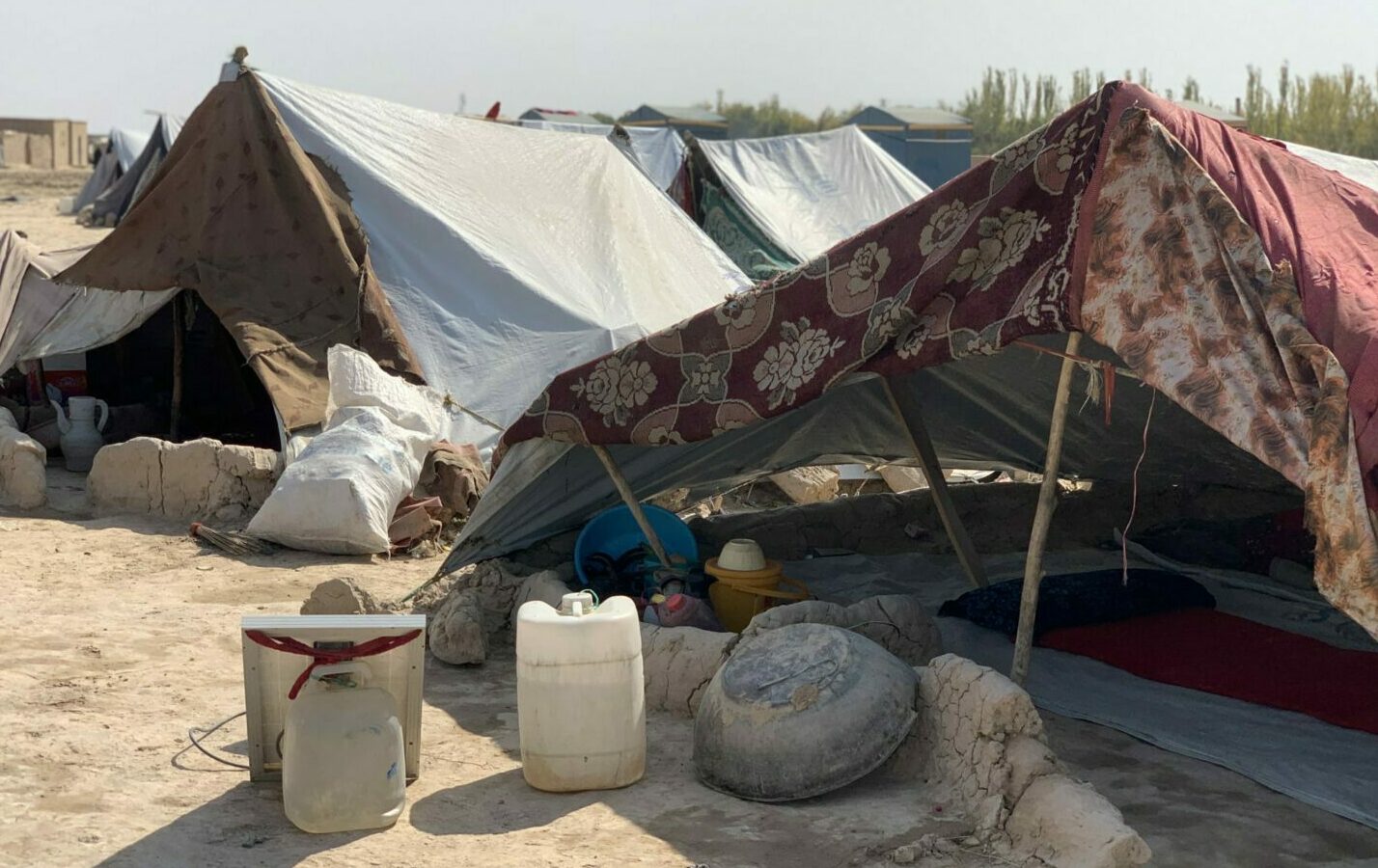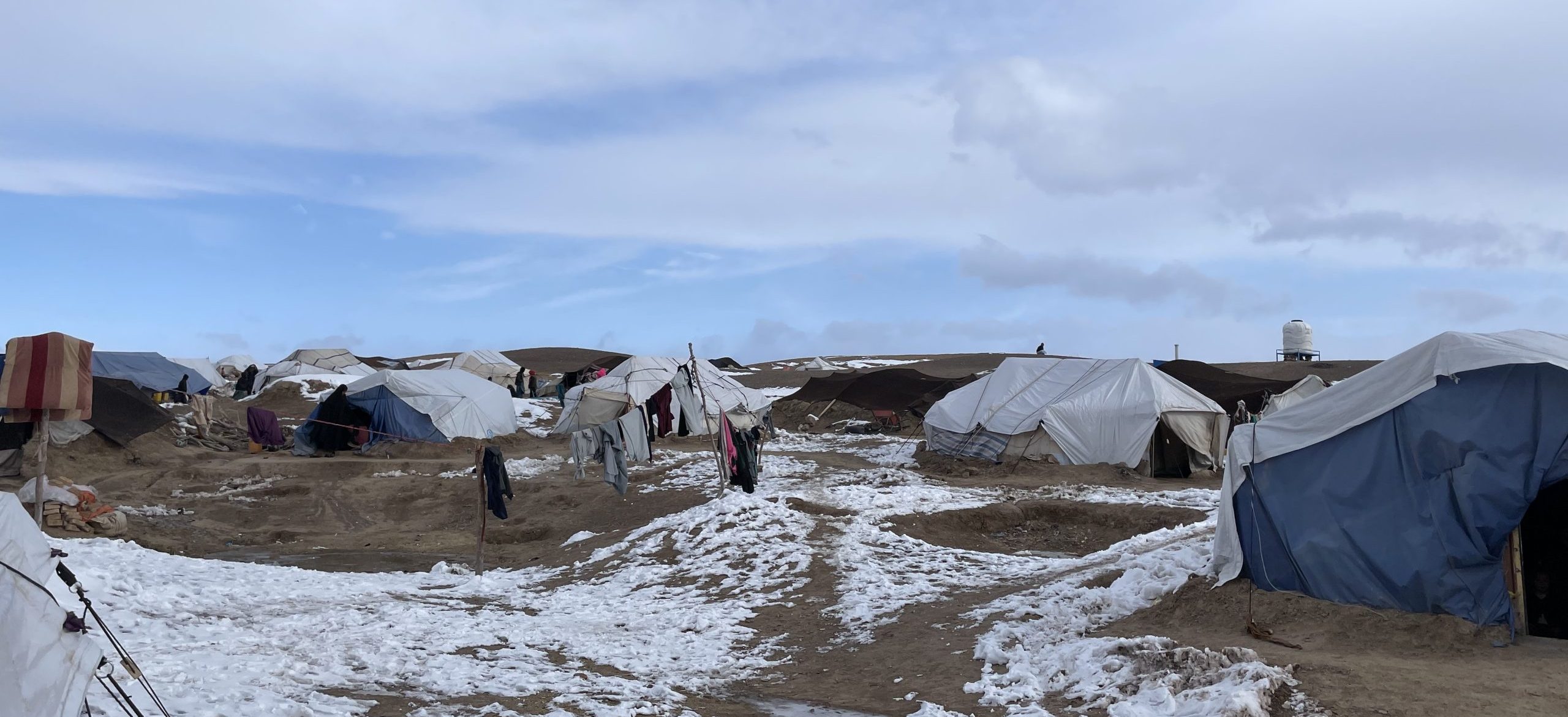
Winter packages for forcibly displaced Afghans from Pakistan and Iran
Winter packages for forcibly displaced Afghans
Since September 2023, over 4 million Afghans have been forcibly deported from Pakistan and Iran to Afghanistan – 2.43 million this year alone. Around 70 % of the displaced persons come from Iran, around 30 % from Pakistan (UNHCR, as of 04.11.2025).
The people affected lack everything – they have no money, no food, no shelter and, for the most part, no connection to Afghanistan. Their hopeless prospects will be exacerbated by the cold season. At night, temperatures fall below 10 degrees Celsius; temperatures as low as -40 degrees Celsius are frequently reached during the long Afghan winters. Without support, this can mean death in the cold for the returnees. The humanitarian situation in Afghanistan is dramatic and the people affected by the displacement now urgently need our solidarity!
Due to the acute emergency situation, this year’s winter emergency relief is therefore aimed at forcibly displaced Afghans from Pakistan and Iran. Together with our local partners, we want to support deported families with essential food and winter supplies during the icy months.
Children and women particularly at risk
The returnees include children and young people in particular. Alongside women, they are among the most vulnerable to displacement. Many of them are of school age, but there is no secure school structure in which they can be integrated immediately. They also have no materials to learn or develop independently. This deprives them of the prospect of being able to improve their situation in the future, which is why the risk of child labor and early marriage is very high. For girls and women in particular, forced deportation to Afghanistan means a return to a system in which they are largely excluded from education, work and public life.
No safe haven: For ethnic and religious minorities, local workers, activists and journalists, too, fleeing to neighboring countries was the only prospect of survival and now they are being forcibly deported to a country where they were originally under threat.
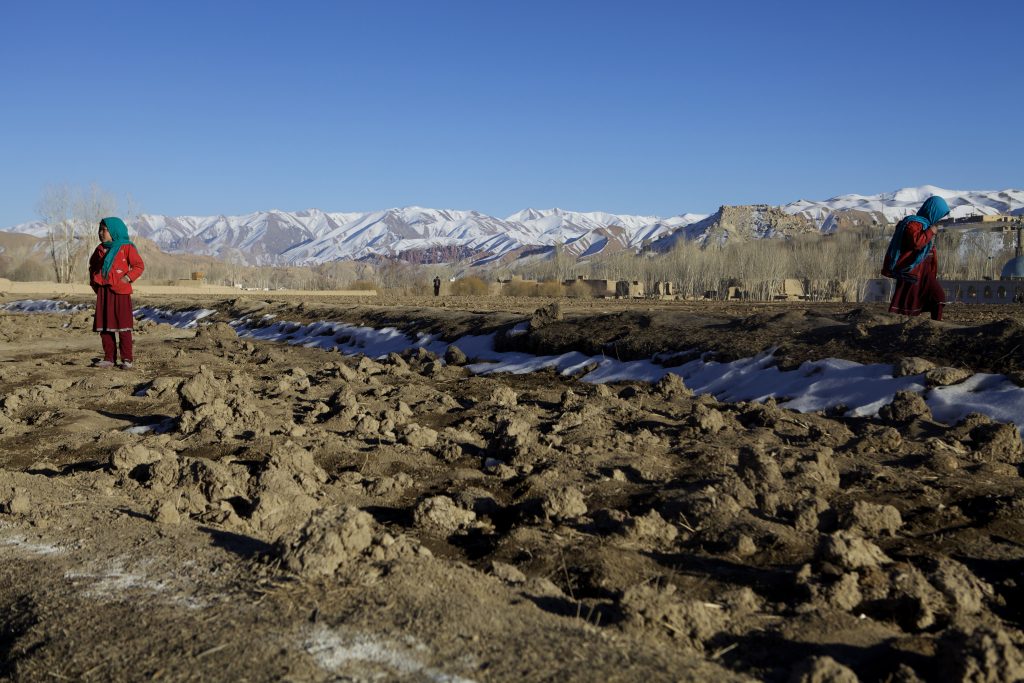
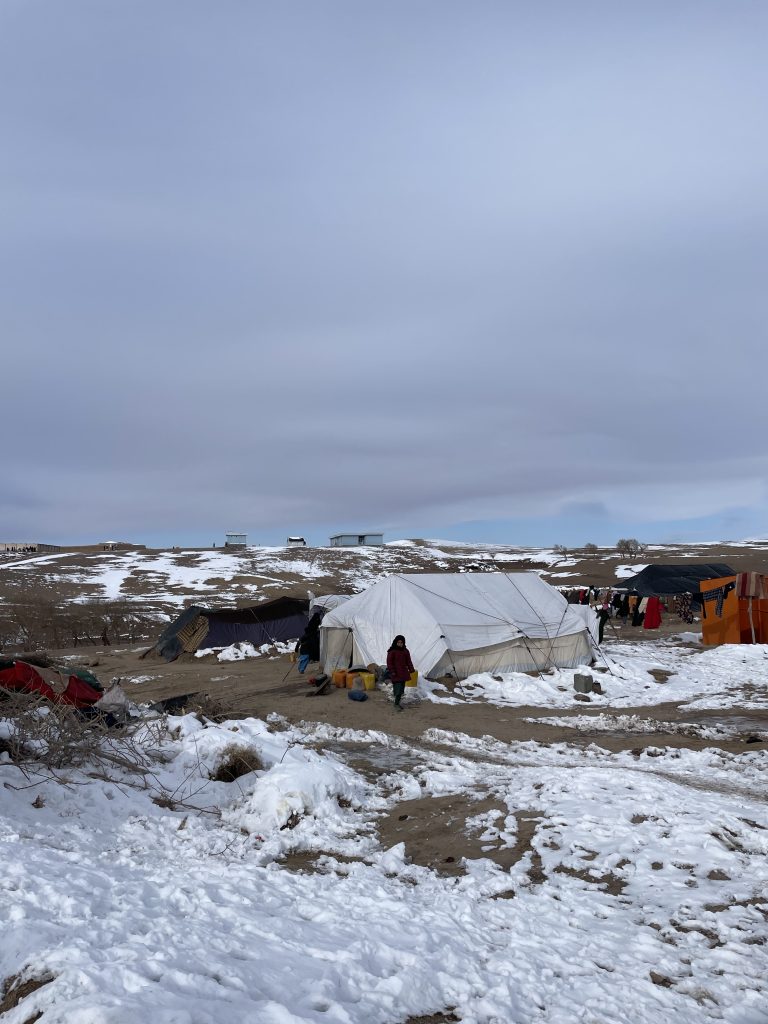
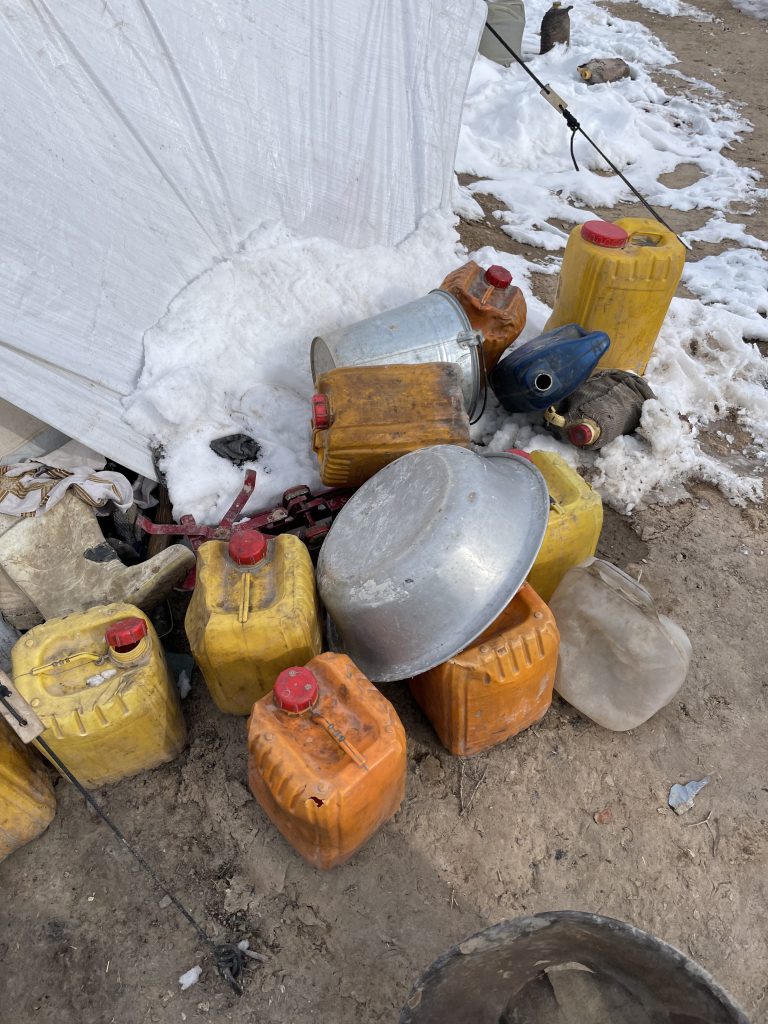
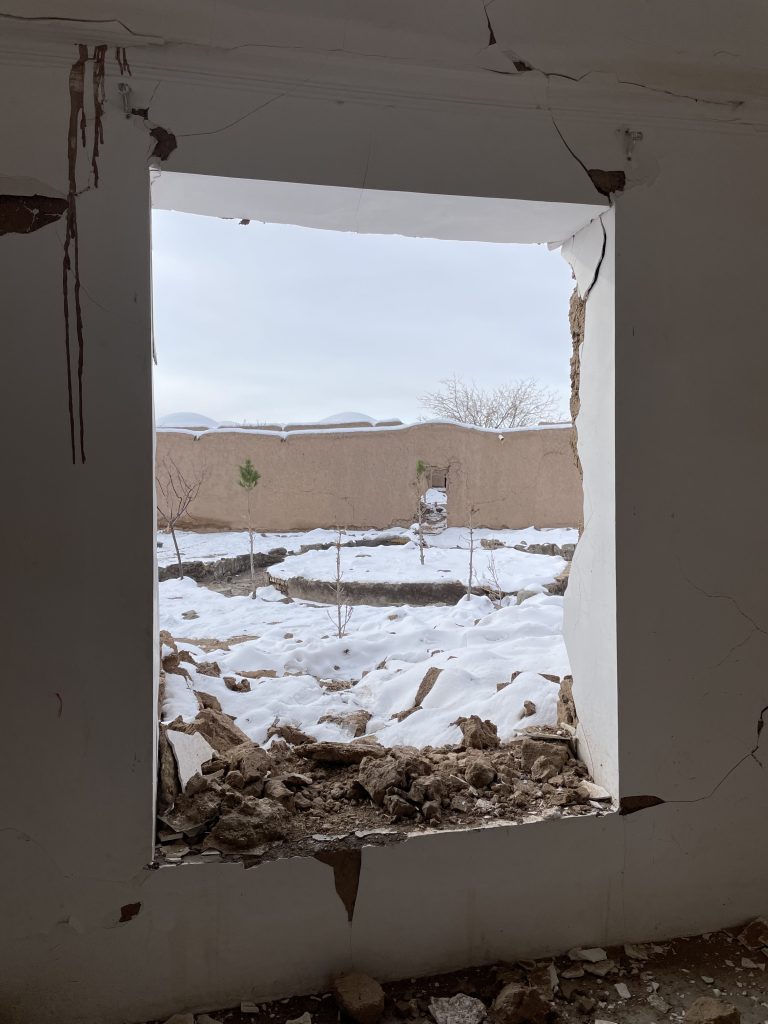

Stand with Afghanistan – Germany's Responsibility
Due to years of military and political involvement, Germany has a political and moral responsibility towards the Afghan people. This includes, in particular, the obligation to protect local forces, partners and human rights activists, which Germany has legally and politically committed to. Tens of thousands of Afghans have been offered the prospect of admission via local force procedures, human rights lists and the federal admission program. At a government press conference in April 2025, the Federal Foreign Office confirmed that promises of admission that have already been made are considered legally binding. At the same time, however, many Afghans are stuck in Pakistan or Iran with a promise or in the review process and are now directly threatened with deportation.
The forced deportations are a great injustice and inhumane. And even if long-term solutions are needed for the returnees, we now have the chance to address the most urgent need. So let’s support Afghan returnees together now! Every donation can save lives.

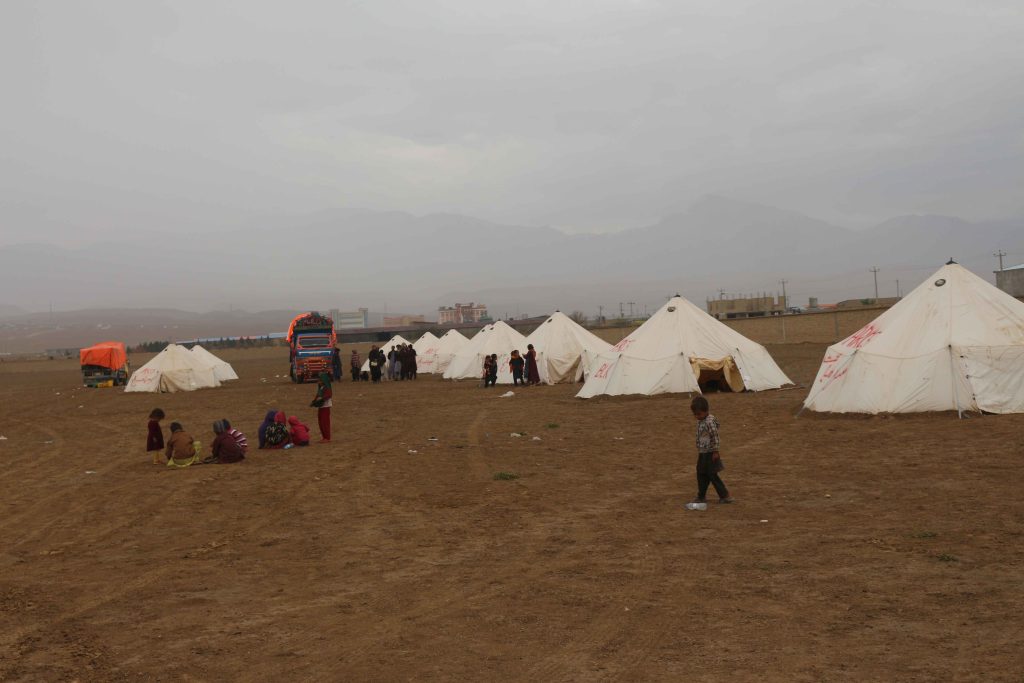
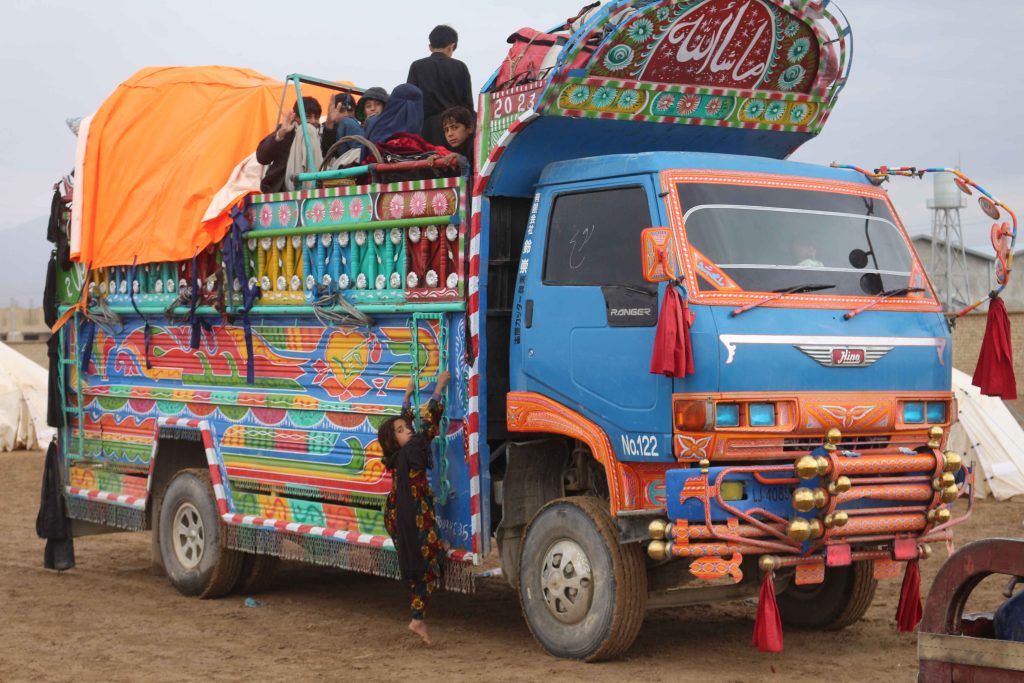


OASE – our local partners
Our long-standing partners at the local NGO OASE coordinate the implementation of humanitarian emergency aid in Balkh province. The project steps include the selection of beneficiaries, the procurement of the packages and the final documentation. In this way, we can work together to ensure that the support is targeted and understandable.
Together we can support approximately 100 Afghan families displaced from Pakistan and Iran to survive this winter. Every donation can save lives.
Afghanistan in an ongoing state of crisis - ensuring survival, showing solidarity
Afghanistan has been in a deep humanitarian crisis for decades. Political instability, armed conflicts and recurring natural disasters have permanently weakened the country. With the Taliban coming to power in August 2021, living conditions have deteriorated further: human rights violations – especially against women and girls – and a collapsing economy characterize the everyday lives of many people. This is compounded by extreme poverty and increasingly frequent weather events such as droughts and floods, which further destabilize the supply situation and plunge entire regions into acute hardship.
This combination of violence, lack of economic prospects and environmental disasters has led to one of the largest internal refugee movements in the world. Millions of Afghans have been forced to leave their homes and are now living in makeshift shelters, often without access to sufficient food, clean water or medical care.
Afghanistan in an ongoing state of crisis - ensuring survival, showing solidarity
Afghanistan has been in a deep humanitarian crisis for decades. Political instability, armed conflicts and recurring natural disasters have permanently weakened the country. With the Taliban coming to power in August 2021, living conditions have deteriorated further: human rights violations – especially against women and girls – and a collapsing economy characterize the everyday lives of many people. This is compounded by extreme poverty and increasingly frequent weather events such as droughts and floods, which further destabilize the supply situation and plunge entire regions into acute hardship.
This combination of violence, lack of economic prospects and environmental disasters has led to one of the largest internal refugee movements in the world. Millions of Afghans have been forced to leave their homes and are now living in makeshift shelters, often without access to sufficient food, clean water or medical care.
Afghanistan in an ongoing state of crisis - ensuring survival, showing solidarity
Afghanistan has been in a deep humanitarian crisis for decades. Political instability, armed conflicts and recurring natural disasters have permanently weakened the country. With the Taliban coming to power in August 2021, living conditions have deteriorated further: human rights violations – especially against women and girls – and a collapsing economy characterize the everyday lives of many people. This is compounded by extreme poverty and increasingly frequent weather events such as droughts and floods, which further destabilize the supply situation and plunge entire regions into acute hardship.
This combination of violence, lack of economic prospects and environmental disasters has led to one of the largest internal refugee movements in the world. Millions of Afghans have been forced to leave their homes and are now living in makeshift shelters, often without access to sufficient food, clean water or medical care.
Afghanistan in an ongoing state of crisis - ensuring survival, showing solidarity
Afghanistan has been in a deep humanitarian crisis for decades. Political instability, armed conflicts and recurring natural disasters have permanently weakened the country. With the Taliban coming to power in August 2021, living conditions have deteriorated further: human rights violations – especially against women and girls – and a collapsing economy characterize the everyday lives of many people. This is compounded by extreme poverty and increasingly frequent weather events such as droughts and floods, which further destabilize the supply situation and plunge entire regions into acute hardship.
This combination of violence, lack of economic prospects and environmental disasters has led to one of the largest internal refugee movements in the world. Millions of Afghans have been forced to leave their homes and are now living in makeshift shelters, often without access to sufficient food, clean water or medical care.
Afghanistan in an ongoing state of crisis - ensuring survival, showing solidarity
Afghanistan has been in a deep humanitarian crisis for decades. Political instability, armed conflicts and recurring natural disasters have permanently weakened the country. With the Taliban coming to power in August 2021, living conditions have deteriorated further: human rights violations – especially against women and girls – and a collapsing economy characterize the everyday lives of many people. This is compounded by extreme poverty and increasingly frequent weather events such as droughts and floods, which further destabilize the supply situation and plunge entire regions into acute hardship.
This combination of violence, lack of economic prospects and environmental disasters has led to one of the largest internal refugee movements in the world. Millions of Afghans have been forced to leave their homes and are now living in makeshift shelters, often without access to sufficient food, clean water or medical care.
Mass returns and deportations - a new wave of despair
Parallel to the internal exodus, the situation for Afghan refugees in neighboring countries has changed drastically. According to the UN Refugee Agency (UNHCR), around 1.6 million Afghans have fled to countries such as Iran and Pakistan since 2021 – often as a last resort to escape a lack of prospects, violence and human rights violations. However, the willingness of these countries to accept refugees has fallen sharply. Political tensions and domestic pressure have led to Afghan migrants being increasingly disenfranchised and systematically forced to return.
- Pakistan announced a crackdown on undocumented migrants – especially Afghans – back in October 2023. This policy was reintroduced in 2025 and now affects hundreds of thousands of people.
- Iran also tightened its measures in 2025 and refuses to extend temporary residence documents. Many Afghans lose their legal status overnight and are therefore at risk of deportation.
In 2025 alone, around 2.5 million people from both countries were forcibly returned to Afghanistan. Most of them are returning to a country that cannot offer them any security. Many are left destitute, without shelter and without family networks – and have to survive the extreme winter conditions at the same time.
Frequently Asked Questions
This emergency relief is primarily aimed at Afghans forcibly displaced from Pakistan and Iran, internally displaced persons and households affected by financial poverty, including widows and orphans. The food is intended to supply the families for 2-3 months.
The implementation of humanitarian emergency aid takes place roughly in four phases:
1. Identification of beneficiaries: Working closely with local authorities, our local partners identify families who urgently need support. The focus is on women and female-headed households who otherwise have no access to support.
2. Procurement and distribution of winter aid packages: The packages are specifically designed to meet basic needs and contain items such as flour, rice, beans, pasta, tomato paste, tea, sugar, cooking oil and a blanket.
3. Distribution to families: the packages are distributed at designated distribution points and cover essential nutritional and winter needs.
4. Monitoring and evaluation: The distribution is closely documented to ensure that the aid arrives effectively and fairly. After distribution, our partners collect feedback from the families in order to provide even better support in future missions.
The exact contents of the packages may vary due to availability and price fluctuations; the aim is to provide basic food supplies for a family of approximately five for 2-3 months. This could include, for example: 50kg flour, 24kg rice, 7kg beans, 3kg pasta, 2kg tomato paste, 1kg tea, 7kg sugar, 10l oil, children’s formula, a stationery set, and a warm blanket.
Other emergency relief projects

Hungerfree in Ramadan – food packages for children with disabilities and orphans in Afghanistan
Completed
Learn more